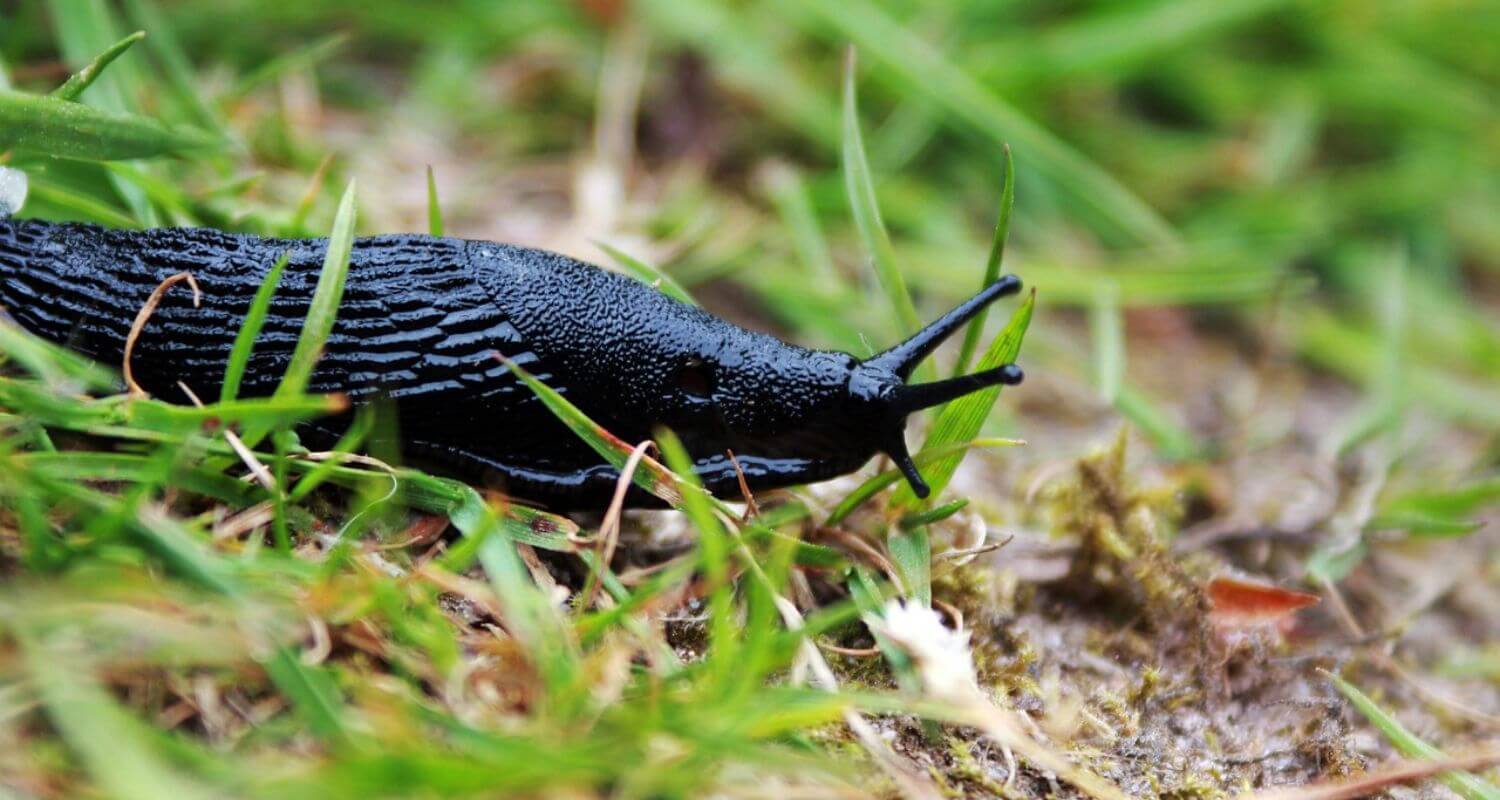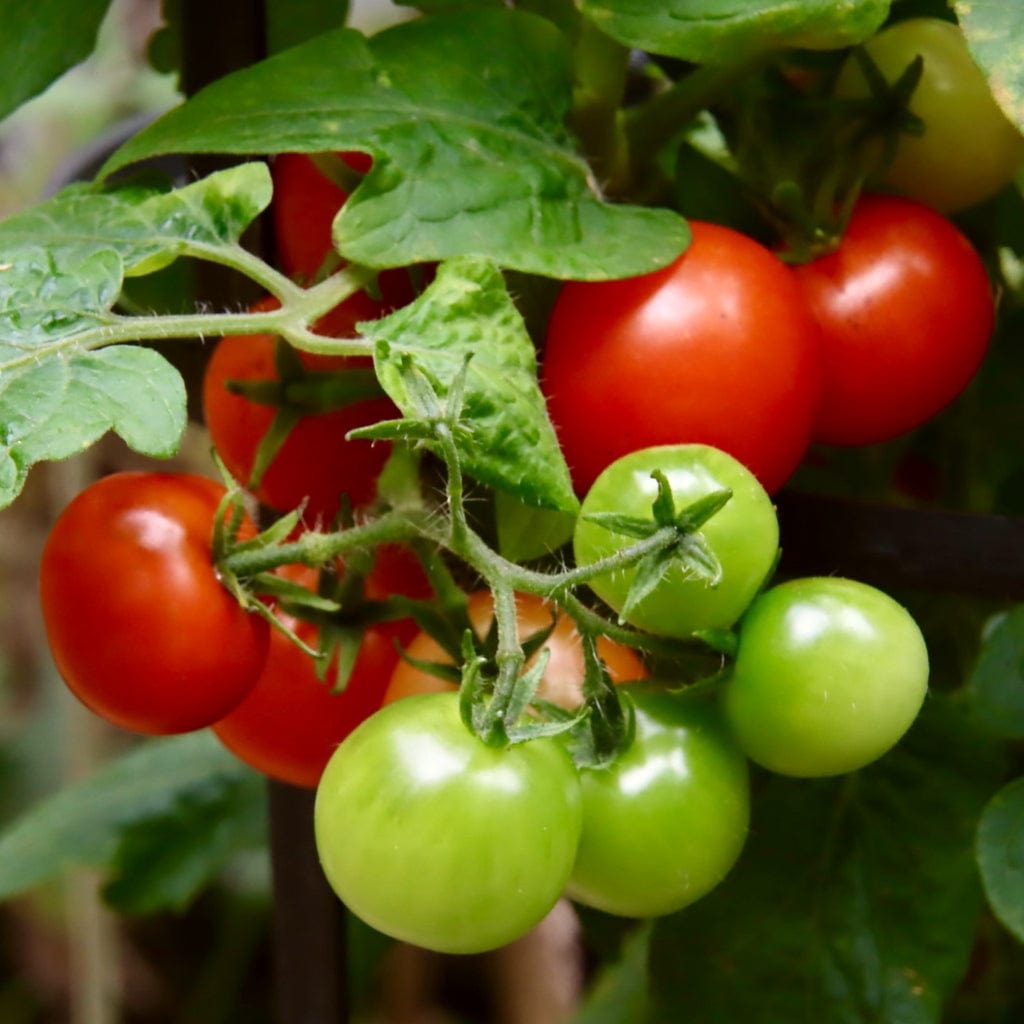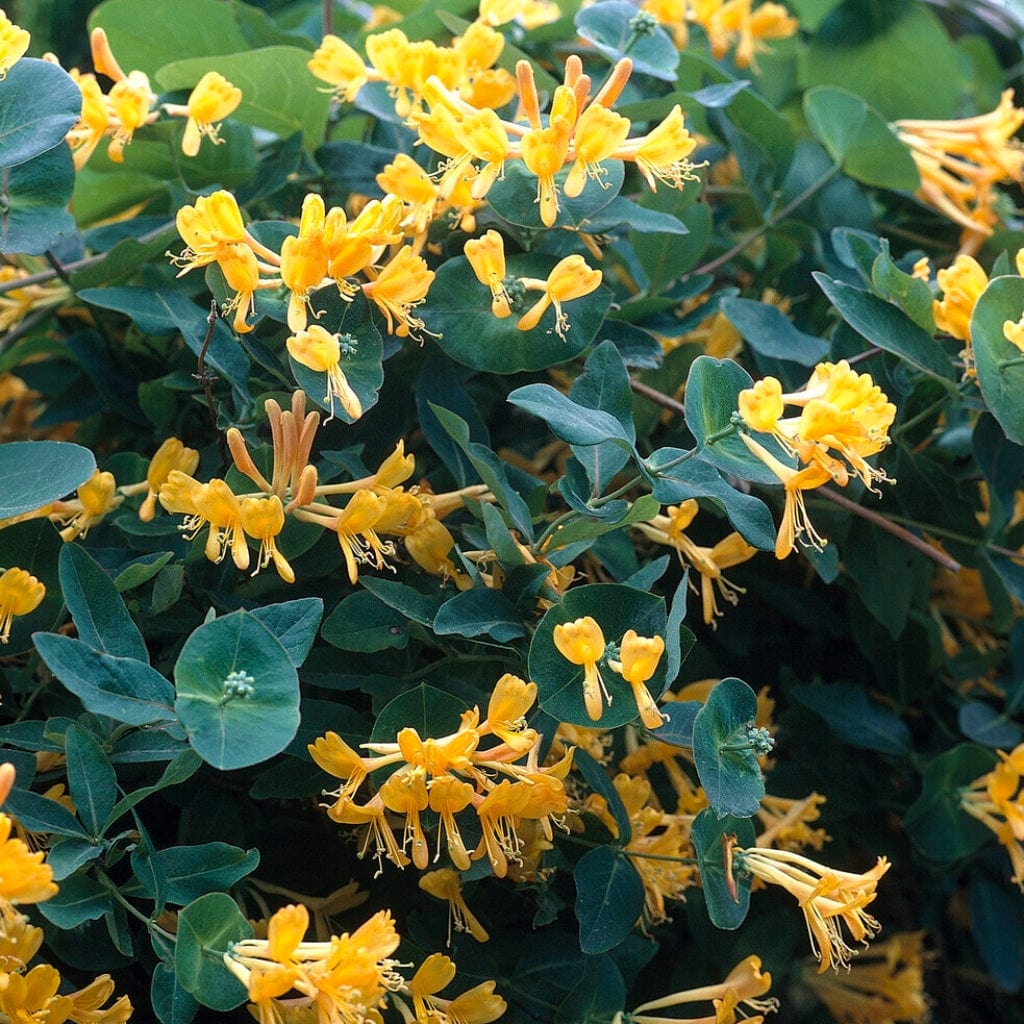Advice & Inspiration
Slug Resistant Plants

There’s nothing quite so demoralising as proudly planting out your carefully nurtured peas or prize dahlias, then waking up the next morning to find that they’ve been decimated by slugs. Slugs are able to eat twice their own bodyweight in vegetation each day, so if you have a lot of them in your garden, it can be a big problem.
Add to that their habit of feeding at night when you’re not there to evict them and you might be forgiven for throwing in the trowel. Before you do that, however, have a look at our guide to slug resistant plants. Yes, there are some! These are the plants that slugs don’t like to eat - or better still, those that actively work to keep the slimy menace away.
Disclaimer: slugs are not always the enemy, although it may feel like it sometimes! They make up part of your garden’s healthy ecosystem, attracting animals like birds, frogs and hedgehogs. So although reducing the damage from slugs or controlling their numbers is desirable, removing them from the garden environment altogether? Not so much.
Jump to:
- Plants slugs love
- Slug-proof plants
- Plants that actively deter slugs
- Slug-resistant plant qualities
- Stopping slugs eating plants
Plants slugs love and why
Garden slugs are omnivores, but they eat mainly plants. What they like best are young, green, leafy plants that are easy to reach and provide plenty of nutrients in one place.
No part of the plant is safe - they’ll eat leaves, stems, flowers and fruit if they’re soft and tender enough. They’ll also eat decaying plant matter, so if any leaves or stems drop off (as they tend to naturally in brassicas), these should be removed swiftly to avoid attracting slugs to the growing parts of the plant.
Certain plants are absolute slug magnets. This is not just food; this is gourmet slug food - the Michelin guide for molluscs, if you will.
Perennials slugs love:
- Hostas
- Dahlias
- Delphiniums
- Zinnias
- Lupins
- Campanula
- Eryngium
Fruit and vegetables slugs love:
- Salad and leafy greens (lettuce, spinach, kale etc)
- Strawberries (just the fruit)
- Courgettes
- Cabbages
- Peppers and chillies (leaves)
- Cucumbers
- Celery
- Beans and peas
-
Asparagus
Not many herbs are vulnerable to slugs, but these are:
- Basil
- Lemon verbena
- Parsley
- Dill
- Marjoram
These plants may not look like they have much in common, but they’re all particularly appealing to slugs (and snails), perhaps due to their soft, smooth stems, low growing fruit or high concentration of leafy matter in a small space. All of these things make them particularly accessible to slugs, and young plants are especially at risk. Maximum slug protection is needed if you’re planning on growing these.

Slug-proof plants
On the flip side, slugs hate these plants. Grow loads of them just to spite the malign molluscs, and laugh maniacally while you’re doing so.
Slug-proof perennials:
- Dianthus
- Alliums
- Ivy
- Honeysuckle
- Hydrangea
- Aquilegia
- Hardy geraniums
- Aubrieta
- Hardy fuchsia
- Anemone
- Hellebore
- Ferns
- Crocosmia
- Alchemilla
- Cyclamen
- Heuchera
- Astilbe
- Grasses
- Succulents
Slug-proof vegetables:
I should point out that all plants are more vulnerable to slugs when they’re immature and newly planted, as the foliage is more tender and therefore tasty. You might want to protect them until they’re established and at a more robust size.

Plants that deter slugs
These plants go one further, actively keeping slugs at a distance with their scent, leaf texture or rough exterior. They’re great to use as a barrier to protect your more susceptible plants from damage, either between rows of vegetables or fully surrounding slug magnets in a perennial border.
Perennial plants that slugs hate:
- Foxgloves
- Euphorbia
- Roses
- Nepeta (catmint)
- Lavender
- Astrantia
- Salvia
- Lilies (but don’t plant these if you have a cat)
Slug-repelling herbs and vegetables:

What makes a plant slug resistant?
These are just some of the plants that have developed their own slug resistant properties. There’s more than one way to repel a slug, apparently - there are a whole host of ways in which they make themselves unappealing (or deadly…)
Poison
Plants such as foxgloves and euphorbia take no prisoners: they’re actually toxic to the slugs, so if they do take a nibble, it’ll probably be their last.
Hairy or highly-textured foliage
Plants like pulmonaria and lychnis have made it very hard for a mollusc to get a grip on them, with rough, ridged or fluffy foliage that the slimy ones can’t easily travel across. Roses have taken this to extremes - there’s no sliming over thorns.
Tough to chew
Other plants, like eryngium and sempervivum, have tough, leathery leaves that are pretty nigh impossible for a slug to get its gnashers around.
Light and fluffy
Excellent qualities in a souffle or mousse, but highly unappealing in grasses and ferns, whose tall, swaying fronds or coarse clumps of slender leaves make them impossible for slugs to get a grip.
Succulent foliage
Which you’d think slugs would appreciate, but sedums and sempervivums are left alone by slugs because they’re just too smooth and spiky.
Strong smelling
This is the largest category of slug-repelling plants. The philistine slugs don’t appreciate the heavenly aroma of plants like lavender or the pungent smell of onions and chives, making these plants safe from their slimy destruction.
Red or purple foliage
Given the number of strawberries they steal, you’d think slugs were attracted to the colour red - but it’s just the sweetness and softness of the fruit they like. Plants with red or purple foliage like photinia and sedum suffer significantly fewer slug attacks than their green counterparts.

How to stop slugs eating plants
My tried and trusted slug-proofing method involves co-planting garlic among my vegetable crops and combining this with a layer of copper tape around the top of my raised beds and pots, but you may also want to try these natural slug control solutions from our growers.
Make a sacrificial bed
Slugs won’t come for your lettuces if there’s a nice bed of hostas nearby. It’s sometimes worth redirecting the slugs into a bed of plants like these that can take a bit of a chewing, in order to save the more delicate ones.
If you can’t bear to sacrifice your hostas, I hear dandelions are also good. You could increase the slug appeal by placing half grapefruits or decaying fruit amongst the plants. Once all your slugs are in one place, you can collect them up and relocate them to the woods/compost heap/hen coop/lake of fire.
Attract natural predators
The natural predators of slugs are generally the creatures we love to see in our gardens, so why not set up a mutually beneficial agreement with the local birds, hedgehogs, ground beetles, frogs and toads?
Attract them in by planting lots of native plants, making a pond, growing a hedge and keeping your garden as natural as possible - that means not mowing the lawn, leaving piles of dead twigs and leaves around and generally leaving them to it. If the Neighbourhood In Bloom co-ordinator complains, just tell them it’s for the good of the dahlias!
You can find more advice on humane/natural slug control in our growers’ guide.

























